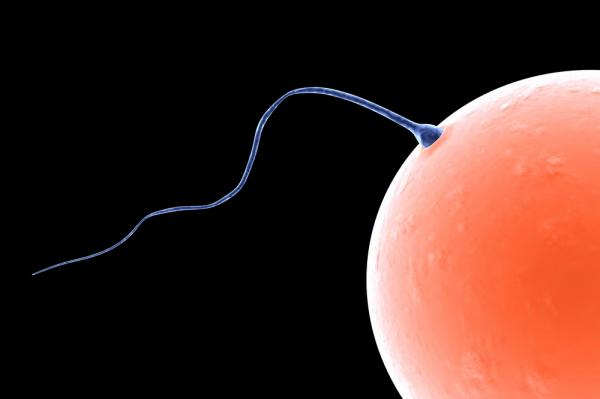
CAMBRIDGE, England, Nov. 19 (UPI) ─ A new study out of Cambridge University aims to identify the chief drivers of sperm evolution ─ the arms race for reproduction.
The findings, published in the Proceedings of the Royal Society B, suggests the size of a species’ female reproductive tract is the main driver, and the reason why number trumps size in the race to fertilize the eggs of larger females
The larges the species, the greater the count-to-size tradeoff.
“Our findings demonstrate that body-size-mediated trade-offs between sperm size and number can explain the extreme diversification in sperm phenotypes,” researchers reported.
Despite the fact sperm serves the exact same function across all species, it is the most diverse cell type in the animal kingdom, taking on a variety of shapes and sizes. A flea, for example, produces sperm 20 times longer than the length of its body.
And the latest research shows this is largely due to the fact that female fleas have very small reproductive tracts.
Much larger species produce relatively smaller sperm. Ideally, bears, lions, humans and other large mammals would prefer to produce both a lot of sperm and large sperm, but as with every evolutionary decision there is a trade off. Adaptations are dictated by a finite amount of genetic currency. In order to produce lots of sperm, larger mammals must settle for smaller sperm.
The latest analysis suggests lots of smaller sperm is the most efficient way to cover the wide open spaces of a sizable reproductive tract.
“More (but smaller) sperm can spread across the greater space and have more chance of encountering an egg,” Cambridge biologist Jacob Dunn, who did not participate in the research, wrote in a story for The Conversation.
The race to cover space isn’t the only driving factor in sperm evolution, Dunn points out. There are other tradeoffs.
More promiscuous females drive males to invest more in sperm production. Such species tend to produce more sperm and bigger sperm than species with more monogamous arrangements.
Another revelation: the manliest males tend to have lower quality sperm. When males invest in the flashy accessories used to win females ─ big horns, bright colors, deep voices ─ they pay for the upgrade with a drop in sperm count and size.
Research has even shown humans with more attractive voices tend to have less potent sperm.





